The world’s biggest vaccine manufacturer is the Serum Institute of India. Roger Highfield, Science Director, talks to Umesh Shaligram, Executive Director, about its vast COVID-19 vaccination effort.
The Serum Institute of India is now the world’s largest vaccine manufacturer by number of doses produced and sold globally (more than 1.5 billion doses per annum) which includes Polio vaccine as well as Diphtheria, Tetanus, Pertussis, Haemophilus influenzae type B, BCG, Hepatitis B, Measles, Mumps and Rubella vaccines.
Two thirds of children on the planet receive at least one vaccine manufactured by the institute, the country’s largest biotech company, and its vaccines are used in around 170 nations.
Inequality of health care was the driving force behind the creation of the Serum Institute; it grew out of the conviction of Dr Cyrus Poonawalla, now its Chair, that millions of poor children across India and Africa were dying of preventable diseases.
He founded the institute on his horse farm more than half a century ago. Much of the demand comes from GAVI, the Vaccine Alliance, the public-private partnership founded in 2000 with funding from the Bill & Melinda Gates Foundation, to help buy vaccines in bulk for poor countries.
As India experiences a major surge in infections, I talked to Umesh Shaligram, Executive Director, about how the Serum Institute of India committed to produce 1 billion doses of the AstraZeneca/Oxford vaccine for low- and middle-income countries, including India itself, and another billion doses of Novavax’s COVID-19 vaccine.
His edited answers are in italics.
WHERE DO YOU MAKE ALL YOUR VACCINES?
We are based in Pune, Maharashtra, India, which is 200 kilometres southeast of Bombay. We have two main sites where we manufacture over here in Hadapsar and Manjri, at the Poonawalla Biotech Park, in all, spread out over ~100 acres. In the Netherlands, we have Bilthoven Biologicals, a bioengineering and pharmaceutical company to make injectable polio vaccine (IPV) on a 40-acre site, with the ability to make over 50 million doses of vaccines annually and where we also make the Bacillus Calmette-Guérin (BCG) vaccine for bladder cancer treatment.
Though BCG is best known as a vaccine to prevent tuberculosis, it is also used to treat bladder cancer: BCG is given directly into the bladder which can trigger the immune system to get rid of cancer cells.
WHEN DID YOU DECIDE TO MAKE COVID-19 VACCINES?
The end of February, early March, last year we realised that this was going to be a pandemic and I think the first regulatory meeting we had was on 19th March with the Indian regulators in New Delhi, when we went ahead with the proposal of making the AstraZeneca/Oxford vaccine and Prof Adrian Hill of the University of Oxford joined the meeting virtually. This vaccine is called COVISHIELD in India.
Huge resources had to be put in by the Serum Institute and we took a huge risk (reports are that of the $800m (£579m) the Serum Institute needed, it invested $270m of its own money, set 1000 employees to work on the programme and raised the remaining funding from the Gates Foundation and various nations).
Nobody knew at that time whether we would get an effective vaccine and when. In June, AstraZeneca reached a licensing agreement with SII to supply one billion doses for low and middle-income countries, with a commitment to provide 400 million before the end of 2020. We started manufacturing of COVISHIELD at risk in August even before the full evidence had emerged that the vaccine would be effective. It was an emotional moment when we shipped the first COVISHIELD across India in January. We got authorisation for its emergency use from the World Health Organisation in February 2021.
All vaccines contain an active component (the antigen) which generates a protective immune response, or the blueprint for making the active component. The Oxford/AstraZeneca vaccine is based on a Chimpanzee version of common cold-causing virus – a so called adenovirus – isolated from the stools of chimpanzees and genetically altered to cripple it, so that it cannot grow in the body, and further genetically altered to make the “spike” protein that this coronavirus uses to invade human cells.
The modified virus can only grow in HEK (human embryonic kidney) 293 cell lines, which are used in its manufacture.
Shortly, we expect to supply more than 400 million doses. We scaled up and manufactured very efficiently, to meet the global need. In addition, we are working with Novavax, which makes a different kind of COVID-19 vaccine, we call COVOVAX.
The American company Novavax, based in Gaithersburg, Maryland, developed the NVX-CoV2373 vaccine, which consists of SARS-CoV-2 spike protein grown in insect cells. The gene for the virus spike protein is inserted into an insect virus, a baculovirus, which is grown in moth cells and then extracted and purified. The Novavax team takes the spike proteins and assembles them into nanoparticles that mimic the structure of the coronavirus but cannot replicate in the body.
To boost the immune response of the body, the company adds to the vaccine an adjuvant, called Matrix M, which is based on saponins, biochemicals found in plant species. Unlike the RNA vaccines, but like the Oxford-AstraZeneca vaccine, the Novavax vaccine can be stored at refrigerator temperature, at 2°C to 8°C. Importantly, this vaccine has proven to be efficacious against two emerging variants of COVID-19 in the UK and South Africa.
Fortunately, Novavax is a company with whom we already work. They bought our plant which we had actually planned to make IPV, inactivated polio vaccine but now Novavax is using this plant to make the COVID-19 vaccine.
We have signed a license agreement with Novavax for manufacturing and commercialization of the COVOVAX vaccine and hope to launch it in September.
Overall, for both vaccines it’s a pretty big operation. We have three fermenters to make 2000 litre quantities, and four fermenters each of which can hold 4000 litres. We use the human HEK 293 and insect cells to make the vaccines. These are then purified and formulated in huge blending vessels.
The final blended vaccines are then filled in vials in a state-of-the-art fill and finish facility.
We do lot of testing during each manufacturing step, not only at our end, but also at several national control laboratories in India and other countries where the vaccine is supplied by SIIPL so there is a lot of quality assurance.
WHAT ELSE ARE YOU WORKING ON WITH NOVAVAX?
As I mentioned earlier, we have an excellent collaboration with Novavax for our Malaria vaccine. We use their Matrix M adjuvant, for our malaria vaccine, which will start phase three trials soon and is based on work at the University of Oxford and based on a protein particle called R21 that stimulate an immune response against the malaria parasite.
So that’s excellent news that we will end up with a very cost-effective large volume malaria vaccine available shortly, given that malaria remains a significant global health problem. We are into Phase three now with that vaccine.
Researchers from the University of Oxford recently reported results from a Phase IIb trial of their R21/Matrix-M candidate malaria vaccine which demonstrated high-level efficacy of 77%. The results were highly promising because they are the first to meet the World Health Organization’s goal of a vaccine with at least 75% efficacy.
ARE YOU MAKING ANY MORE COVID-19 VACCINES?
We have other COVID-19 vaccines at an earlier stage of development, which consists of part of the COVID-19 spike protein – the receptor binding domain, RBD – delivered as a virus-like particle with the UK based company SpyBiotech; and a vaccine administered via the nose, with the American company Codagenix, which is designed to produce immunity against all SARS-CoV-2 proteins, not just the spike surface protein.
HOW CAN YOU SPEED UP VACCINE MANUFACTURE?
Today we use many more disposable technologies than a decade or more ago. Classically you would have to install stainless steel fermenters, for instance to grow the insect cells and infect them with baculovirus to make the protein for the Novavax vaccine.
Now we have disposable technologies, where each stainless-steel fermenter has a disposable plastic lining. Disposable means there are stainless steel shells, but inside them there’s a plastic bag, with probes in an impeller that is driven by a magnetic stirring system. As soon as your work is done on that vaccine, you remove the bag and put in a new one, cutting the challenge of cleaning and validating and so on when you move on to another vaccine. Now you can cut the turnaround time and scale up more quickly.
The need to scale up has grown, along with the number of protocols and the need to deliver vaccines in the shortest possible time. Our chairman Cyrus Poonawalla and CEO Adar Poonawalla are setting up a huge new pandemic preparedness facility which will ensure that, in case of a next pandemic, the response rate will be faster and the supply rate can be increased and, in a few months, only we will be able to deliver billions of doses to the world saving millions of lives. This is a visionary effort which has been happening silently for a long time but now, due to COVID, people are coming to know about it.
The 500,000 square foot plant, which will include research and development labs, should be able to quickly change from vaccine technology to technology so we can make several billion doses of a product in the shortest possible time. So that visionary effort is already well advanced.
DO YOU HAVE EVERYTHING YOU NEED TO MAKE THE COVID-19 VACCINES IN INDIA?
No, we depend on an international supply chain, with the majority coming from Europe and the US.
ARE YOUR PREPARING FOR NEW STRAINS OF COVID-19?
Yes, we are preparing for new strains. It is a challenge for all humanity that the virus is mutating and one must understand this and come out with a newer and newer version of vaccines before a new strain takes over.
Which strain of SARS-CoV-2 we have to target with a vaccine is the million-dollar question, of course. Nobody knows if it will be one strain, such as the South African strain, the newly emerging variants in India (these have been detected by the Indian SARS-CoV-2 Consortium on Genomics, INSACOG) , or if we need a cocktail to be a Ram baan (the unerring arrow was the weapon of choice for the Hindu deity Rama). I doubt there will be a one stop solution – we will probably need a cocktail.
As more people are vaccinated, there will be pressure on the virus to evolve new tactics to evade the immune system. I think it is going to take time to really understand what would be the best solution for disease elimination.
TELL ME ABOUT INDIA’S “VACCINE MAITRI” (VACCINE FRIENDSHIP) PROGRAMME?
This is a really nice initiative by Government of India. Maitri is a classical Indian word for benevolence and goodwill, not just me and my house or me and my family but the whole world. Our prime minister, based on that vision, has provided Indian made vaccines since January of this year, something like 60 million COVID vaccine doses to over 70 nations.
We are also committed to COVAX, backed by by the Coalition for Epidemic Preparedness Innovations (CEPI), the Vaccine Alliance Gavi and the World Health Organization with UNICEF to ensure COVID-19 vaccines are available worldwide to both higher-income and lower-income countries.
DO INTELLECTUAL PROPERTY (IP) RIGHTS RELATED TO COVID-19 HINDER VACCINATION EFFORTS?
As a company, we do not have any kind of hesitation about respecting IP, because that’s important and encourages innovation. But our chief executive, Adar Poonawalla, believes that the pandemic should prompt a reassessment of patent and intellectual property laws that limit access of low income countries to vaccines.
By one estimate, poorer nations — which account for 80% of the global population — so far have access to less than one-third of the available vaccines. This week the United States announced that it backs a waiver on vaccine patents to boost supplies. However, even if patents did not apply, procuring vaccine ingredients, setting up factories, training people and so on will take some time.
WHAT HAS BEEN THE MAIN LESSON OF THE PANDEMIC?
This pandemic has taught humanity two important lessons: don’t shy away from vaccination, because prevention is better than cure. And people have come to appreciate the importance of institutions such as the Serum Institute of India where, thanks to the vision of Dr Cyrus Poonawalla, there is the infrastructure to deliver billions of doses in a short time. In fact, the chairman of the World Bank recently said that India is lucky to have the Serum Institute. We have contributed to saving millions of lives and our journey continues.
HOW CAN I FIND OUR MORE?
The latest picture of how far the pandemic has spread can be seen on the Johns Hopkins Coronavirus Resource Center or Robert Koch-Institute.
You can check the number of UK COVID-19 lab-confirmed cases and deaths along with figures from the Office of National Statistics.
There is more information in my earlier blog posts (including some in German by focusTerra, ETH Zürich, with additional information on Switzerland), from the UK Research and Innovation, UKRI, the EU, US Centers for Disease Control, WHO, on this COVID-19 portal and Our World in Data.

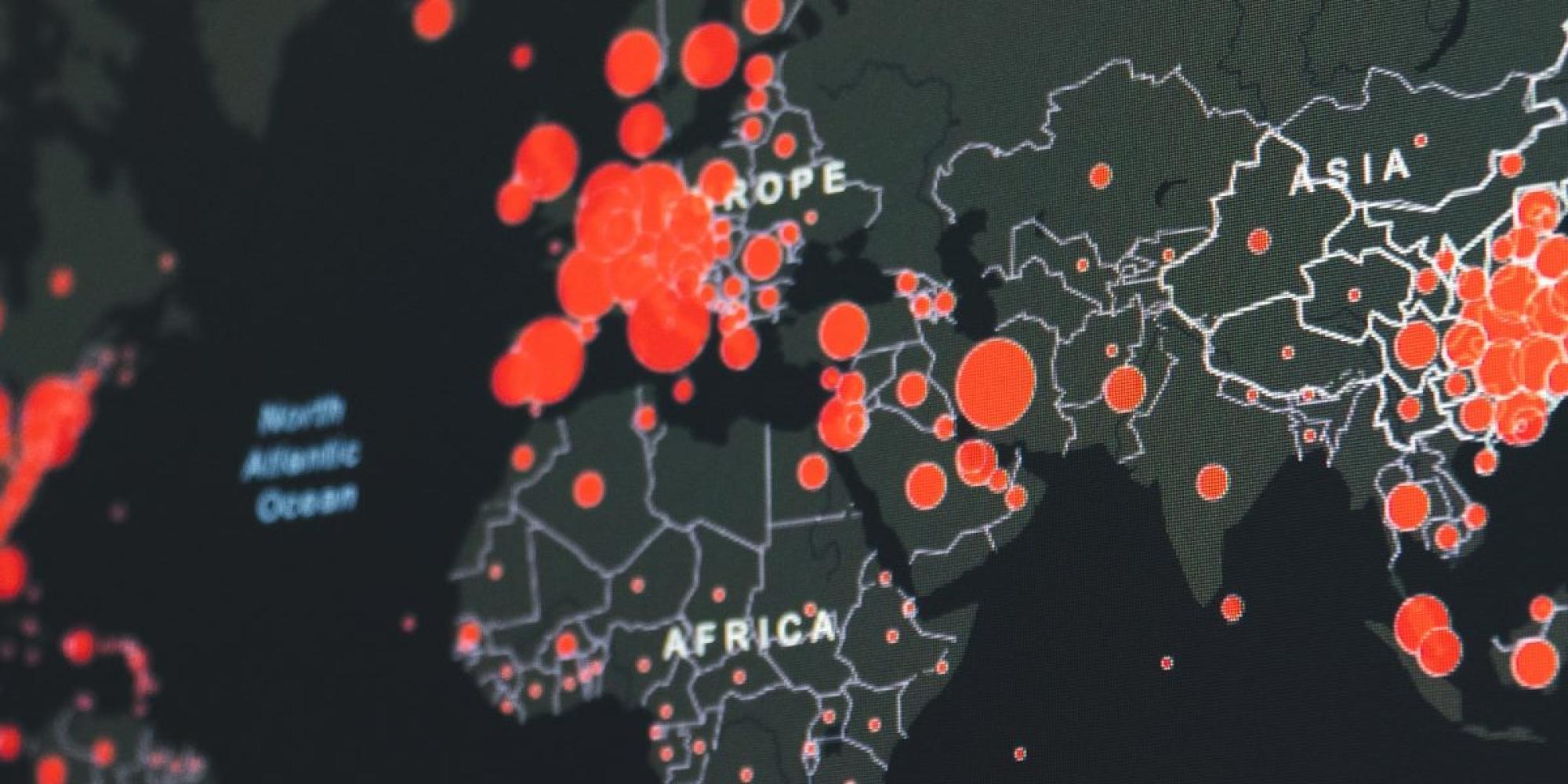
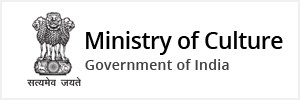
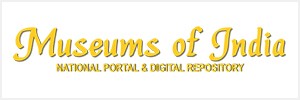

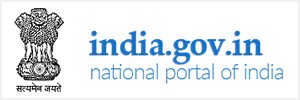
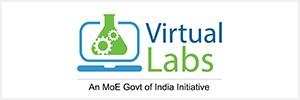
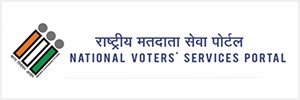
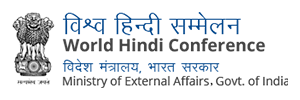
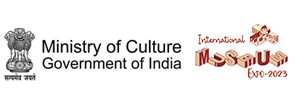
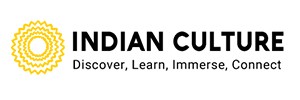
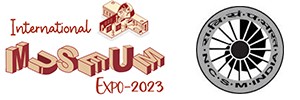
Comments